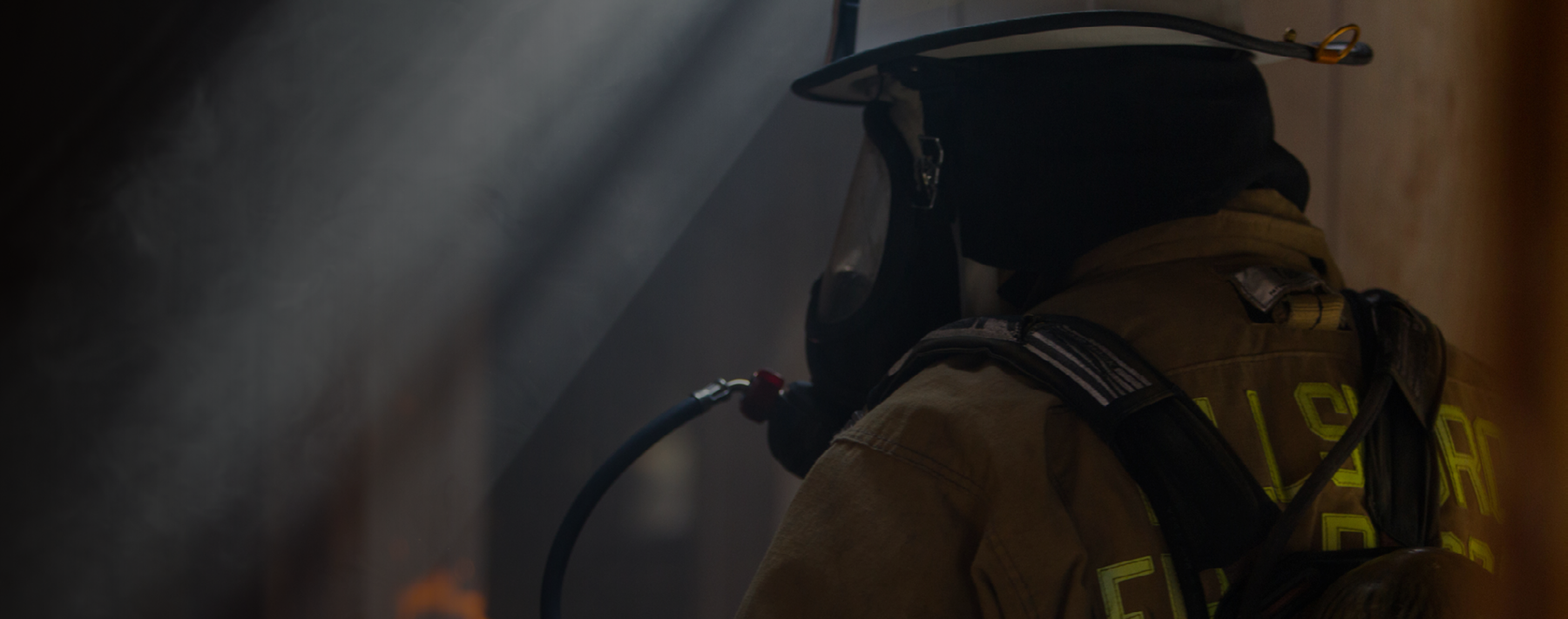The fire service is an industry at high risk for sexual harassment and misconduct: a paramilitary, traditionally male-dominated structure confronting the realities of changing demographics, a profession in which employees not only work long hours under high stress, but also live together, sharing sleeping quarters, cooking meals together and dividing up many of the same chores that come with running a household. It’s no surprise that sexual harassment claims dominate fire law cases, but despite its prevalence, there remains quite a bit of confusion around sexual harassment in the fire service. Following are three responsibilities of fire departments in combating the issue.
Establish Sexual Harassment Policies and Training
There is no federal requirement for employers to have a sexual harassment policy or provide sexual harassment training, although many states and municipalities do have such requirements. However, the lack of a sexual harassment policy and training eliminates a strong defense the fire department would otherwise have: that the department took reasonable steps to prevent harassment from occurring.
The drafting of a policy is particularly important, and it should not simply be copied from a neighboring organization. Details are critical—for instance, lawsuits have been filed where the victim alleged the sexual harassment policy excluded them from protection because it only applied to firefighters, but they were a civilian, volunteer, or outside contractor. The policy should also define and prohibit not only sexual harassment but sexually harassing behavior too. This is important for setting clear expectations for firehouse behavior as well as to give the department the ability to discipline off-color behavior before it progresses to sexual harassment. In order for hostile work environment sexual harassment to be actionable, it must be severe or pervasive. Leaders do not want to be stuck trying to prove inappropriate conduct was either severe or pervasive in order to impose discipline upon offenders.
Sexual harassment training should be provided to all personnel at least annually and should cover the department’s policies and procedures, including what constitutes sexual harassment and sexually harassing behavior. Departments should provide additional specialized training for all officers, including their duty to report, how their position of authority can increase the risk for the perception of sexual harassment, real-life tactics for addressing sexually harassing behavior, and their role in preventing retaliation claims once a complaint is made.
While establishment of an anti-harassment policy and complaint procedure—along with regular training for all fire department personnel—can provide an important legal defense, the more important consideration is that when done right, these steps may prevent sexual harassment from occurring in the first place. That will only occur when sexual harassment policies and training are more than just a “check the box” activity.
Fire departments benefit when it is clear to all employees that complaints about sexually harassing behavior will be investigated.
Investigate Complaints Quickly and Thoroughly
In addition to taking reasonable steps to prevent sexual harassment from occurring, fire departments must promptly address any sexual harassment that does occur. When an employee files a complaint about perceived sexual harassment, the employer must investigate the complaint and prevent retaliation against the complaining employee.
Fire departments benefit when it is clear to all employees that complaints about sexually harassing behavior will be investigated. It creates an environment where informal warnings—made by one employee to another employee that inappropriate behavior must stop—carry much more weight. To establish this environment, the department must demonstrate a willingness to promptly and thoroughly investigate allegations. Conversely, departments that show a reluctance or unwillingness to launch investigations send the opposite message.
The fire department should commit to sharing the results of any investigation with the accuser and accused as soon as possible. Throughout the complaint and investigation process, the department should keep the identity of the accuser and accused as confidential as reasonably possible. This does not mean the identity of the accuser should be withheld from the accused, but rather that only those with a need to know should be made aware of the allegations and the identity of the parties.
Prevent Retaliation
Another important responsibility of fire departments dealing with sexual harassment complaints is to make clear that retaliation against the victim will not be tolerated. Leaders need to educate personnel, particularly officers, on what constitutes retaliation.
Adverse actions we commonly see in retaliation lawsuits include unwanted shift or station changes, denial of promotions or demotion, verbal or written threats related to the victim’s accusations, increased scrutiny of the victim, shunning of the victim through the “silent treatment,” rumor spreading, and turning other personnel against the victim.
Company officers in particular are essential in preventing retaliation. They understand the firehouse dynamics and can often predict who is likely to retaliate or contribute to the abuse. Their intervention is essential.
A Collective Effort
Sexual harassment in the fire service is a multifaceted issue. Reducing such behavior is a collective effort—the responsibility lies not only with the department, but individuals as well. To learn more about an individual’s responsibilities as well as the scope of the problem in the fire service, download our Q&A: Understanding, Preventing & Responding to Sexual Harassment in the Fire Service.



